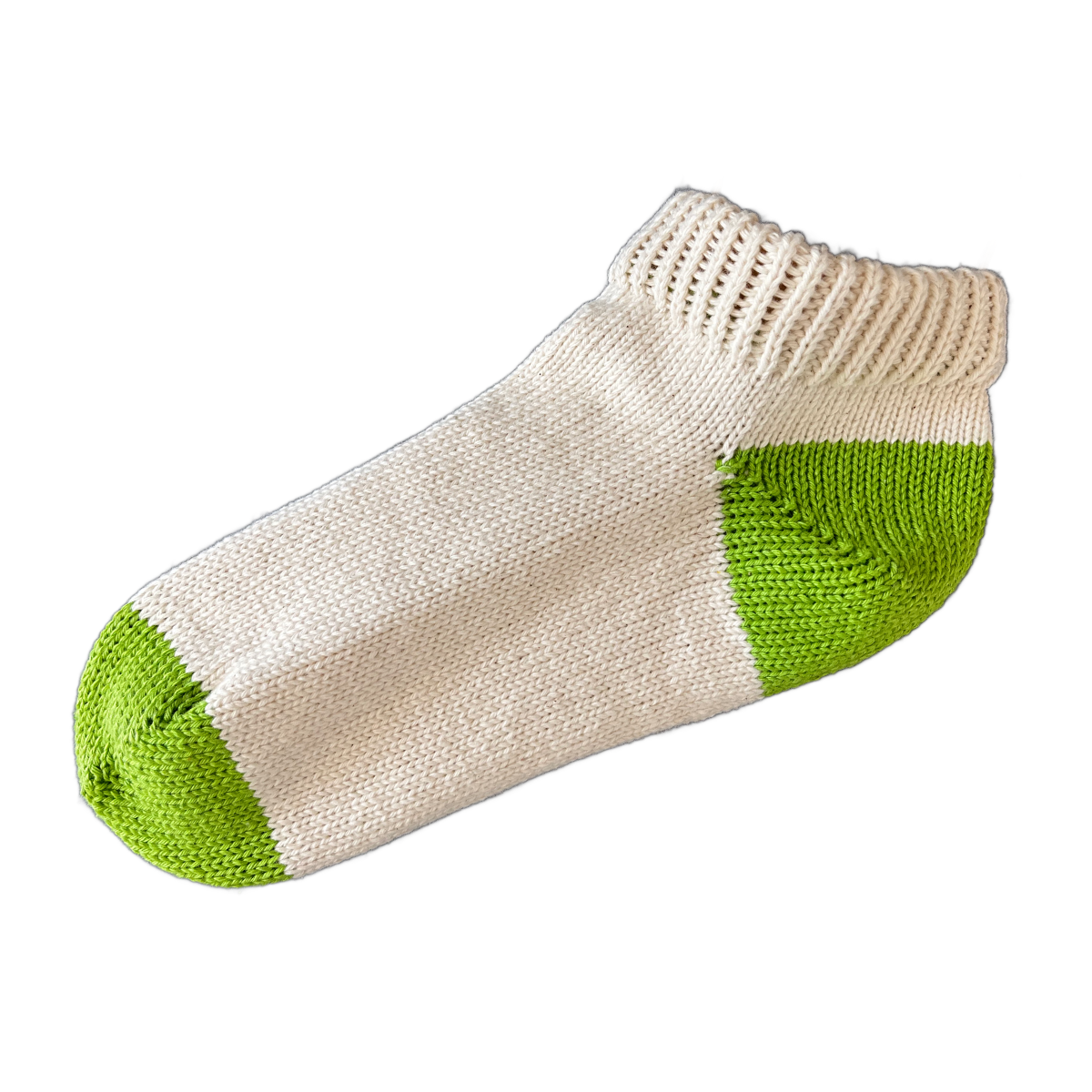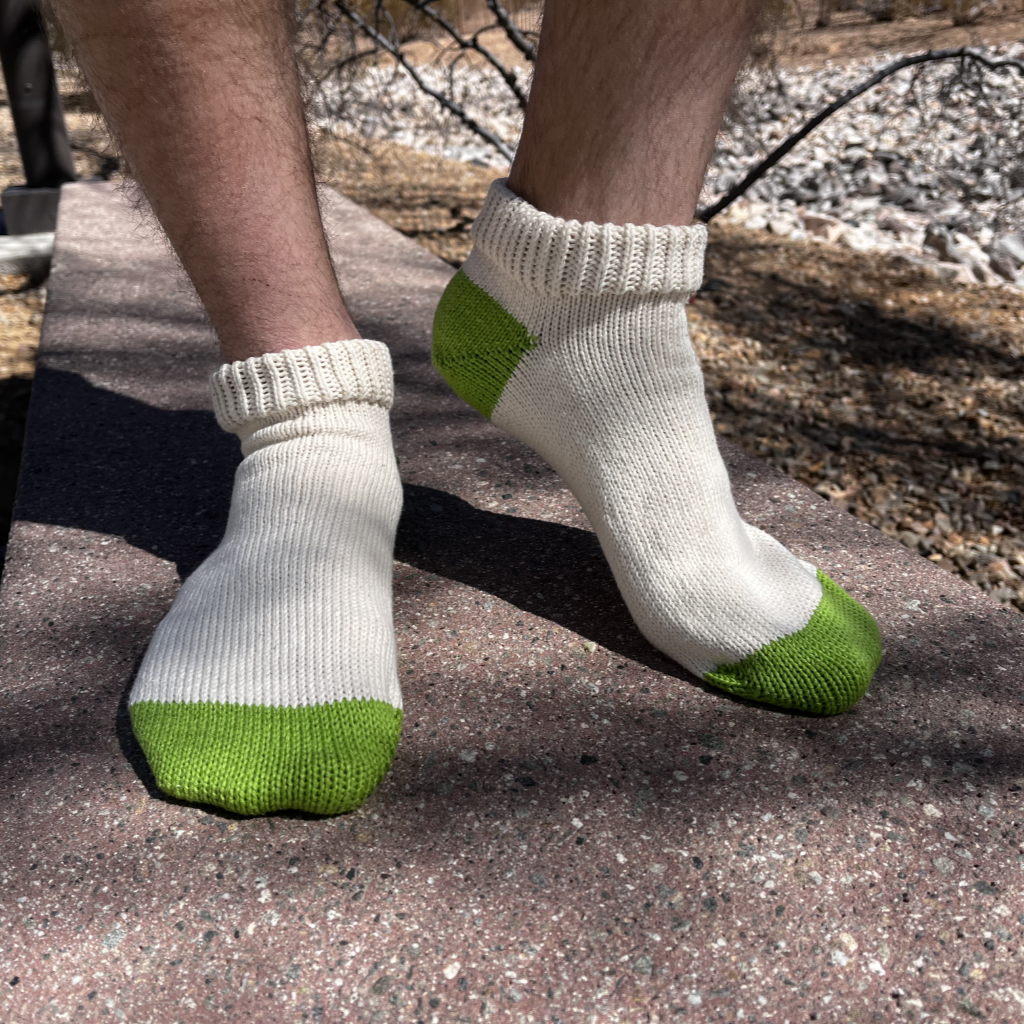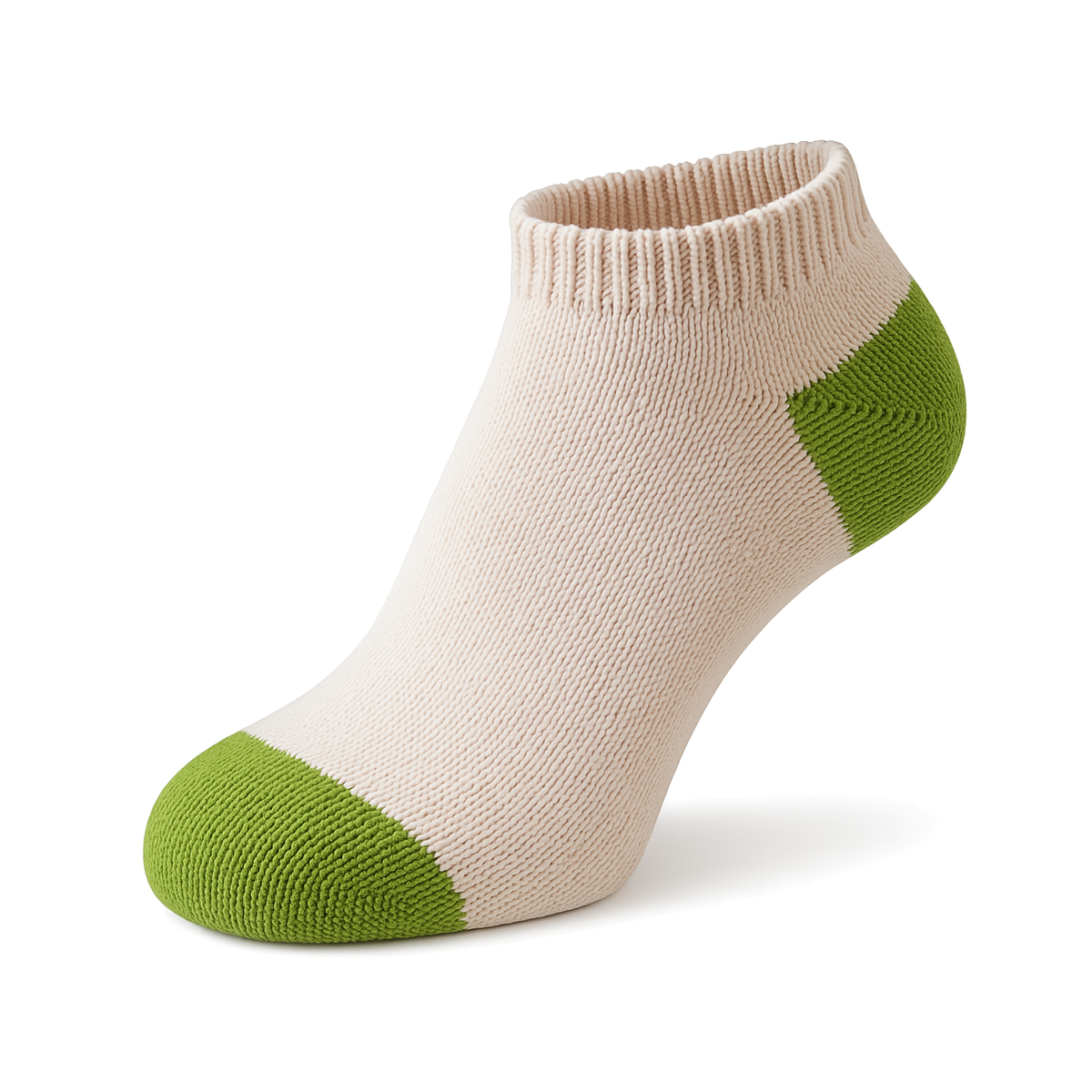
Stop Blisters Before They Start
Learn what causes foot blisters and how to prevent them with smarter fit, better materials, and socks that actually work.
Why You Keep Getting Blisters on Your Feet (and What Actually Helps)
Blisters on the feet can turn even a short walk into a painful ordeal. Whether you’re dealing with new shoes, long days on your feet, or socks that don’t fit quite right, understanding the causes of foot blisters is the first step toward preventing them for good.
What Causes Foot Blisters?
Foot blisters typically form when repeated friction irritates the skin. That friction is often caused by:
- Ill-fitting shoes
- Thin or synthetic socks
- Excess moisture
- Heat and pressure on specific areas like the heel or toe
- Seams or stitching that rub against the skin
When your skin experiences enough friction, the top layer separates from the lower layers and fills with fluid. That fluid-filled pocket is your body’s way of protecting the deeper tissue.
Common Risk Factors
Certain environments and activities make foot blisters more likely. These include:
- Long walks or hikes
- Running without moisture-wicking layers
- Wearing shoes that haven’t been broken in
- Standing for hours on hard surfaces
- Wearing socks with synthetic materials that trap heat and sweat

How to Prevent Blisters on Feet
The key to blister prevention is minimizing friction and managing moisture. Here’s what works:
1. Choose the Right Shoes
Make sure your shoes match the shape of your foot and leave enough room for your toes. If you use barefoot or wide-toe box shoes, make sure your socks are compatible with that fit.
2. Wear Moisture-Resistant Socks
Cotton gets a bad reputation for holding moisture, but poorly made cotton socks are often to blame. When made properly, cotton can breathe and dry out between steps. Avoid polyester and spandex blends, which trap heat and lead to irritation.
3. Use Socks That Actually Fit
Most mass-produced socks rely on stretch fibers to cover a range of sizes, but that often leads to bunching and heel slippage. A sock that’s made to your actual shoe size will stay in place better and reduce hot spots.
4. Manage Friction Points
If you’re prone to blisters in a particular area, use a protective pad or apply a skin-safe lubricant. But long term, the better solution is to remove the friction altogether through proper fit and natural materials.
The Best Socks for Blister Prevention
At Cotedge, we craft socks that help eliminate the conditions that cause foot blisters. Each pair is made to your exact shoe size, so the heel lands where your heel actually is. There’s no stretch, no synthetics, and no overheating seams.
Cotedge socks are hand-cranked in the USA using 100% cotton yarn. They breathe well, fit like a glove, and come in a wide toe box option for those who wear barefoot-style shoes.
For people serious about foot health, especially those who walk or stand all day, Cotedge offers real comfort without compromise.
Cotedge
Men's 100% Cotton Regular Ankle Socks Natural Color with Green Heel and Toe
3rd pair 50% off





